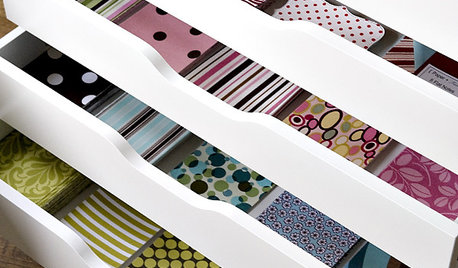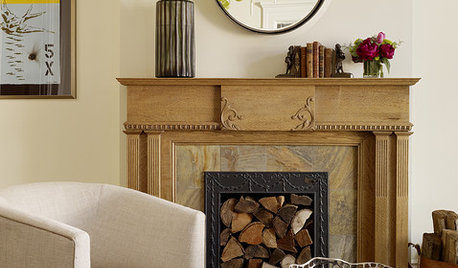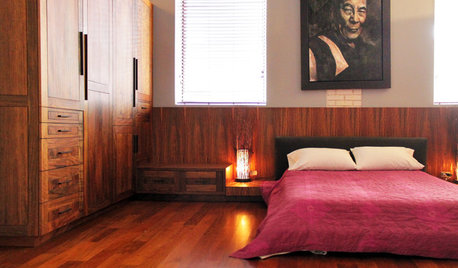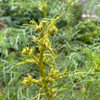Zinnias spacing and control of volunteers help please
rosiew
13 years ago
Related Stories

STUDIOS AND WORKSHOPSGet Your Craft Paper Under Control
A stash here, a roll there, and you can never find it when you need it? These tips for craft paper storage and organization can help
Full Story
HOME OFFICESQuiet, Please! How to Cut Noise Pollution at Home
Leaf blowers, trucks or noisy neighbors driving you berserk? These sound-reduction strategies can help you hush things up
Full Story
DECORATING GUIDESDownsizing Help: Color and Scale Ideas for Comfy Compact Spaces
White walls and bitsy furniture aren’t your only options for tight spaces. Let’s revisit some decorating ‘rules’
Full Story
LIFEDecluttering — How to Get the Help You Need
Don't worry if you can't shed stuff and organize alone; help is at your disposal
Full Story
PETSHow to Help Your Dog Be a Good Neighbor
Good fences certainly help, but be sure to introduce your pup to the neighbors and check in from time to time
Full Story
MOVINGRelocating Help: 8 Tips for a Happier Long-Distance Move
Trash bags, houseplants and a good cry all have their role when it comes to this major life change
Full Story
UNIVERSAL DESIGNMy Houzz: Universal Design Helps an 8-Year-Old Feel at Home
An innovative sensory room, wide doors and hallways, and other thoughtful design moves make this Canadian home work for the whole family
Full Story
STORAGEDownsizing Help: Shelve Your Storage Woes
Look to built-in, freestanding and hanging shelves for all the display and storage space you need in your smaller home
Full Story
Storage Help for Small Bedrooms: Beautiful Built-ins
Squeezed for space? Consider built-in cabinets, shelves and niches that hold all you need and look great too
Full StoryMore Discussions









zen_man
rosiewOriginal Author
Related Professionals
Canton Landscape Architects & Landscape Designers · Elwood Landscape Architects & Landscape Designers · Tomball Landscape Architects & Landscape Designers · Dickinson Landscape Contractors · Fort Mill Landscape Contractors · McLean Landscape Contractors · Milford Mill Landscape Contractors · Mission Bend Landscape Contractors · Oak Forest Landscape Contractors · Pleasant Hill Landscape Contractors · Bloomington Decks, Patios & Outdoor Enclosures · Crestline Decks, Patios & Outdoor Enclosures · Vandalia Decks, Patios & Outdoor Enclosures · Waukesha Decks, Patios & Outdoor Enclosures · West Hills Decks, Patios & Outdoor Enclosureszen_man